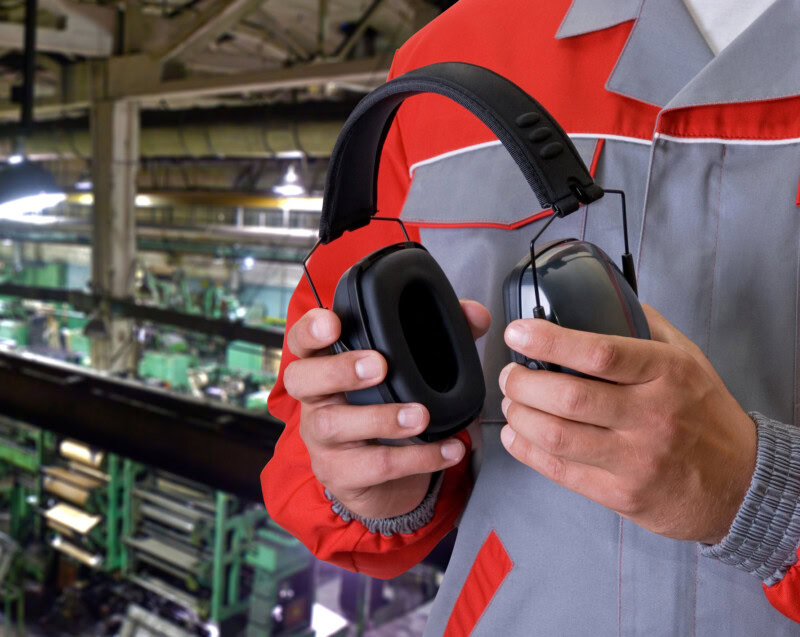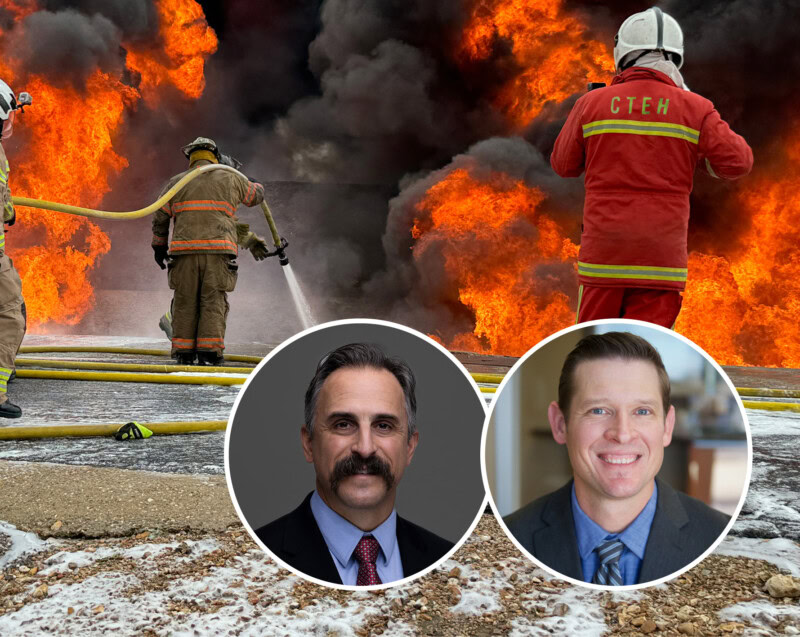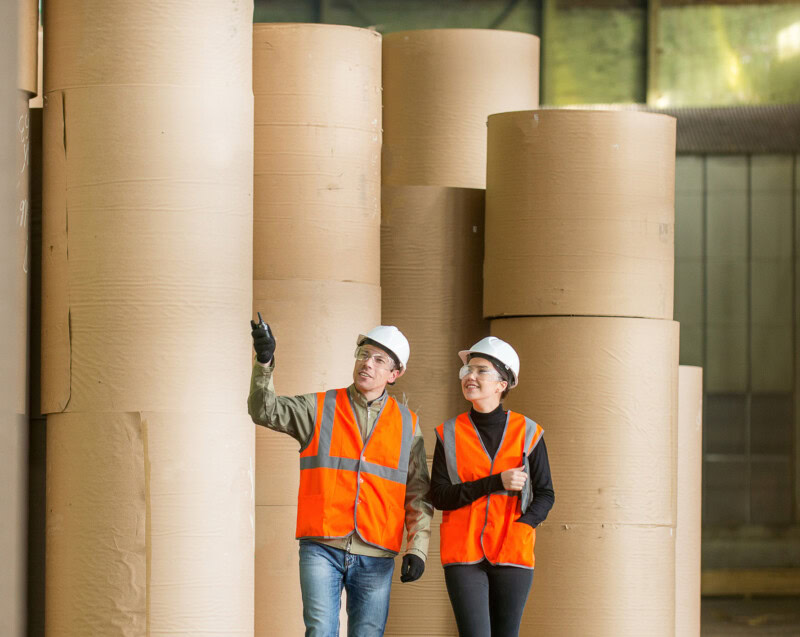According to the U.S. Occupational Safety and Health Administration (OSHA), noise-related hearing loss has been listed as one of the most prevalent occupational health concerns in the United States for more than 25 years. In fact, OSHA says that around 30 million people in the country are “occupationally exposed to hazardous noise” each year.
CTEH Director of Industrial Hygiene Dan Christensen is very familiar with this OSHA statistic. He’s been studying and working to help prevent unhealthy levels of job-related noise exposure for several years.
“Delicate structures inside the human ear are permanently damaged when they are overcome by excessive sound. Unlike most damage to our bodies, hearing loss over a long period is painless and at first not very noticeable,” says Christensen. “By the time the damage is recognized it could be too late. Early intervention and prevention are key.
Christensen explains that the “usual suspects” for job-related noise exposure are found in heavy industry, but, he notes, it is “amazing how many industries have excessive noise.”
“How loud is a restaurant kitchen or a football stadium? One of the first questions I would ask is ‘what methodology is being used to measure the noise?’ If you don’t measure, then you can’t know how loud an environment is,” he says. “I once took a noise reading on a commercial airline flight. It was greater than 90 decibels and I couldn’t help but wonder about the flight crew’s hearing. Unfortunately, noise is very common in the workplace.”
Christensen emphasizes that businesses can’t control noise exposure until they accurately measure it. He points out that there is a limit to the effectiveness of hearing protection devices, so knowing what you’re up against is critical.
“Many employers will recognize that a workplace is noisy and provide employees with hearing protectors – earmuffs or plugs – but without a good understanding of what noise levels are, there is no assurance that the hearing protectors are providing adequate protection.”
Christensen says that there are currently two prominent efforts to address noise exposure issues in the workplace that he is enthusiastic about. The first is a push to update the OSHA noise criterion. Currently, the OSHA “safe” standard is a 90-decibel exposure for eight hours, but there are many lobbying for a more stringent 85-decibel exposure standard.
Secondly, as more businesses adopt sustainability guidelines for construction projects, many are adding a “Buy Quiet” policy statement. These statements outline a commitment to engage in controlling noise exposure early in the design and construction phases of new projects by purchasing quieter equipment and designing facilities in such a way to minimize the production of and exposure to noise. According to Christensen, it is generally more cost efficient to design controls holistically into a project than to try and retrofit controls after the fact.
CTEH® IH staff provides noise control solutions for comprehensive industrial noise surveys that may be compared to occupational exposure limits. These surveys include area noise measurements, personal noise dosimetry, noise contour mapping, and source characterization. This service allows CTEH® to record source characterization measurements and identify methods for noise control. CTEH® also performs environmental noise monitoring, or area noise monitoring, surveys in non-industrial settings for comparison to community standards and local ordinances. These surveys generally include characterizing the noise along the perimeter of the property and at potential receptor sites. Reach out to Dan at 501-801-8500 or dchristensen@cteh.com to inquire about noise assessment surveys.




